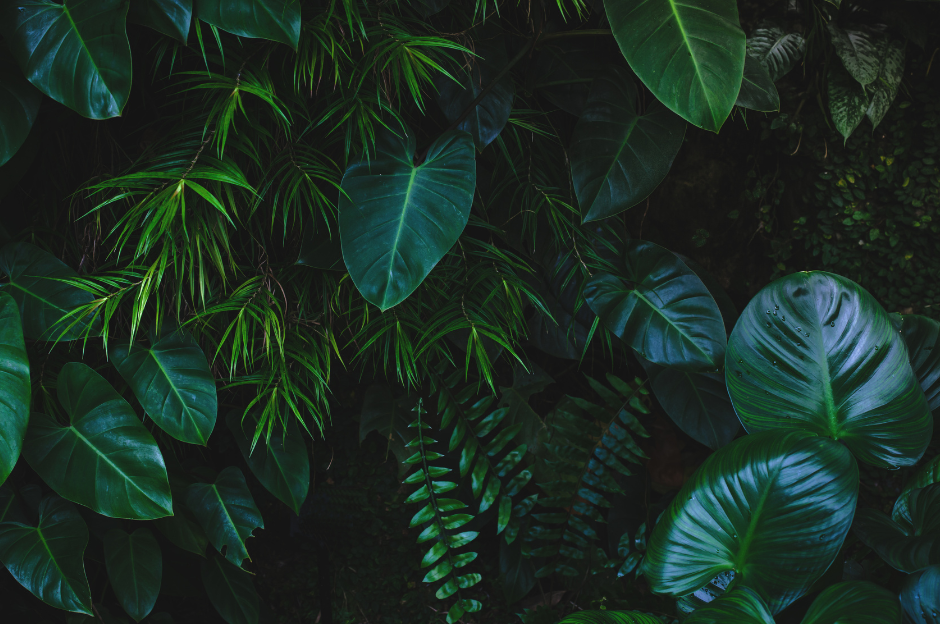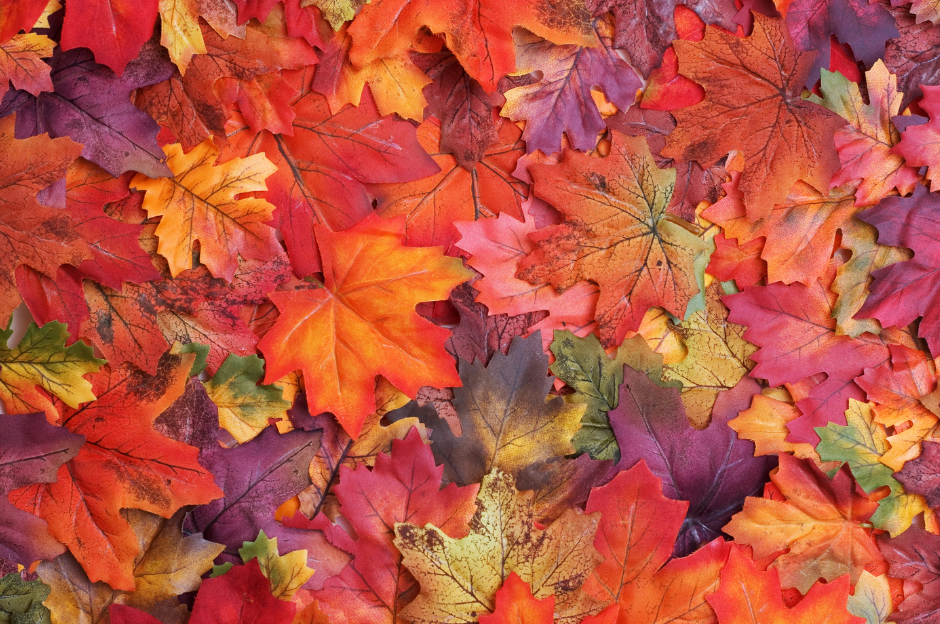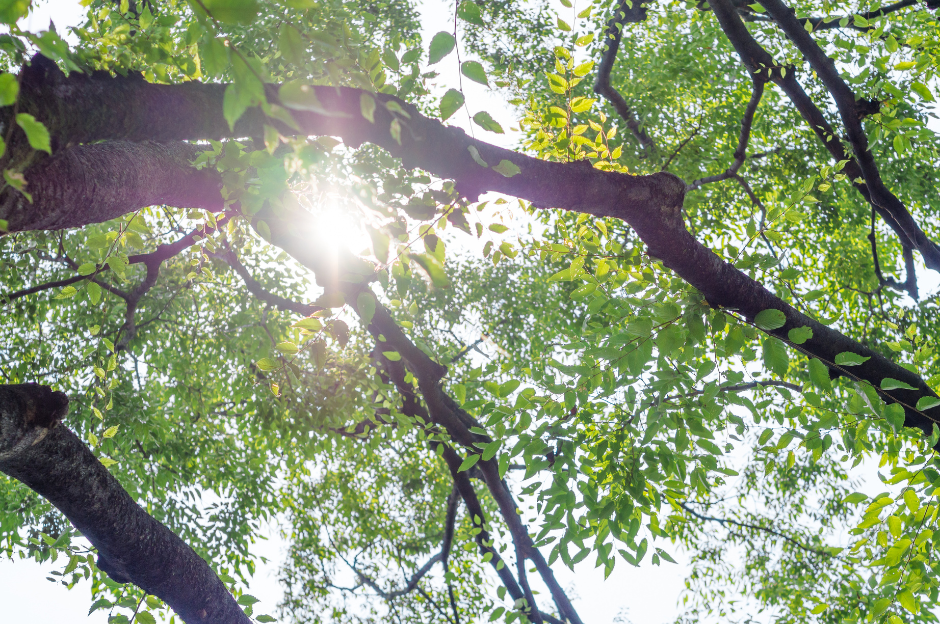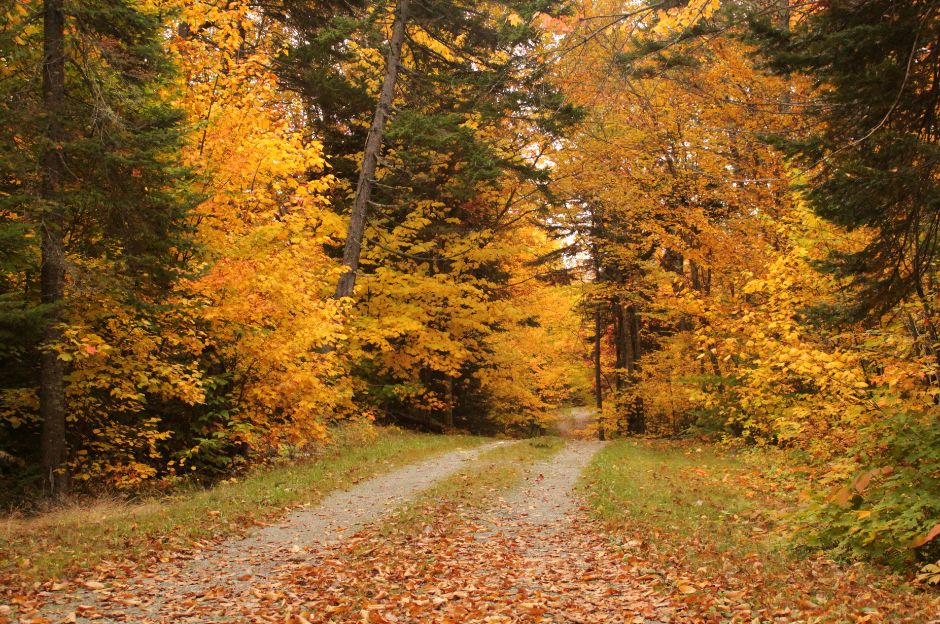The Science of Fall Foliage:
Decoding the Mystery Behind Why Leaves Change Color
As the warmth of summer gives way to the crisp embrace of autumn, landscapes undergo a breathtaking transformation. The once-green leaves of trees burst into a symphony of fiery reds, vibrant oranges, and golden yellows. This magical phenomenon, known as fall foliage, captivates our senses and ignites our curiosity.
In this blog post, we embark on a journey to unravel “The Science of Fall Foliage,” exploring the intricate processes that lead to the mesmerizing kaleidoscope of colors that graces our world each fall.

The Role of Chlorophyll: The Green Masterminds
To understand why leaves change color, we must first delve into the role of chlorophyll—the pigment responsible for the vivid green hues of leaves during the growing season. Chlorophyll is critical for photosynthesis, the process by which trees convert sunlight into energy. However, as days shorten and temperatures drop in autumn, trees prepare for the dormant winter months. This transition prompts chlorophyll production to slow down and eventually cease, allowing other pigments to emerge from their shadow.

Anthocyanins, Carotenoids, and Xanthophylls: The Colorful Palette
As chlorophyll fades, other pigments present in leaves reveal their true colors. Anthocyanins, responsible for red and purple hues, are often produced in response to sunlight and temperature fluctuations. Carotenoids and xanthophylls, responsible for yellows and oranges, are present in leaves year-round but become more prominent as chlorophyll diminishes. The varying ratios of these pigments, influenced by genetics, species, and environmental factors, contribute to the unique shades that decorate each leaf.

Environmental Factors: Sunlight, Temperature, and Moisture:
The stunning display of fall foliage is a dance between biology and the environment. Sunlight acts as a catalyst for pigmentation changes, while cooler temperatures trigger the chemical processes that create vibrant colors. Dry spells, which often accompany autumn, can intensify the colors by concentrating the pigments in leaves. The intricate interplay of these factors transforms leaves into living canvases, painting the landscape with nature’s palette.

The Cultural and Emotional Impact: Fall Foliage and Human Connection
Beyond the realm of science, fall foliage holds deep cultural and emotional significance. For centuries, people have celebrated the changing colors as a symbol of transition, renewal, and the cyclical nature of life. The tradition of “leaf peeping” draws tourists and locals alike to witness this fleeting spectacle, igniting a sense of wonder and appreciation for the beauty of nature.
The science of fall foliage unveils the remarkable processes that transform ordinary leaves into a breathtaking spectacle of colors.